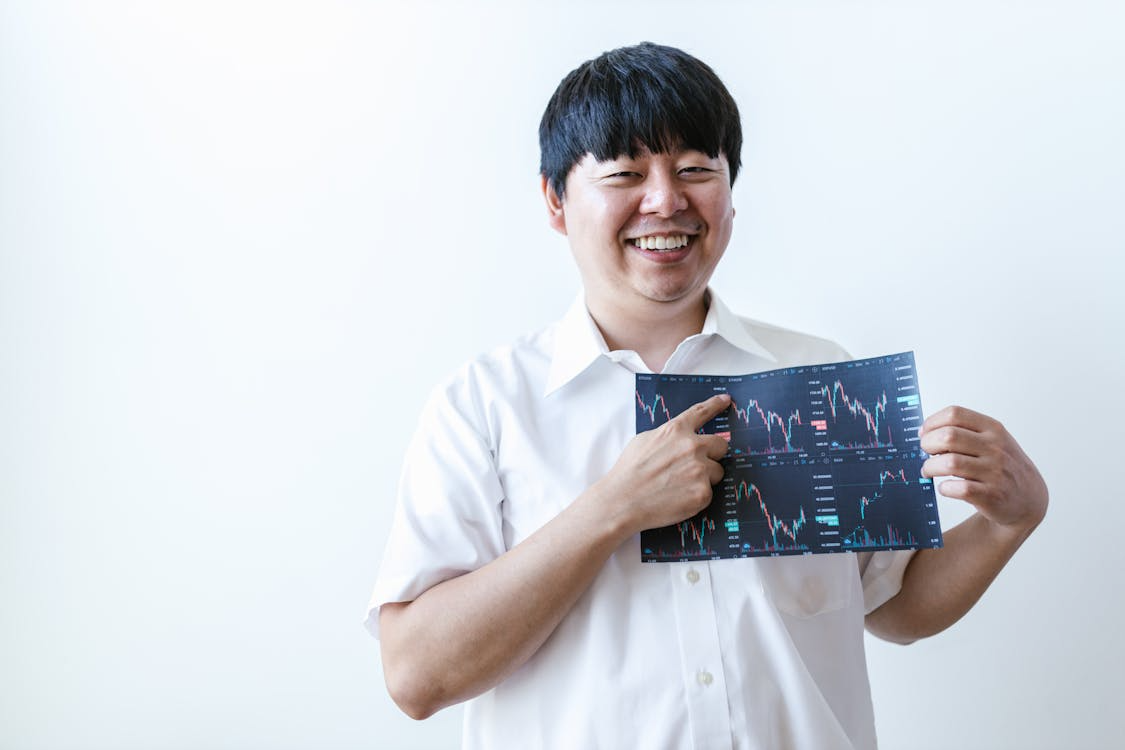In the complex ecology of financial markets, niche assets are like gems hidden in dark corners, and their price fluctuations are often influenced by many factors, among which traders' emotional fluctuations are a force to be reckoned with.

Traders' emotions are the "invisible hand" of financial markets. When traders are under the shadow of optimism, their risk assessment of minority assets tends to be conservative, and they are more willing to believe in their potential value-added space, thus increasing their buying efforts for minority assets. This optimism may come from the improvement of macroeconomic data, the release of good news in the industry, or some positive developments of minority assets themselves, such as the launch of new products and breakthroughs in business development. With the follow-up buying of many traders, the market demand for niche assets has been rapidly increased, and the price has naturally risen. Moreover, this optimism will encourage traders to take higher risks, and they may ignore some potential defects or risk factors of assets, further pushing up prices. When the market environment is good, traders' optimism is easy to spread, attracting more funds to flow into niche assets.
However, the conversion of emotions is often in an instant. Once there are any possible negative signals in the market, traders' emotions may fall into panic and anxiety in an instant. At this time, the high-risk characteristics of minority assets are infinitely magnified in the eyes of traders, who are eager to cut positions and stop losses, and the selling behavior is like a flood. The market depth of minority assets is relatively shallow, so it is difficult to bear the impact of large-scale selling, and the price begins to fall sharply. For example, when the industry in which a niche market is located encounters rumors of tightening supervision, traders will immediately think of the development difficulties they may face in the future. Even if the rumors have not been confirmed, they will not hesitate to sell their assets, leading to a sharp drop in prices.

Traders' mood swings also tend to form a self-reinforcing cycle. Rising prices will further aggravate traders' optimism, attract more funds and push prices to continue to climb; And the price drop will also lead to the spread of panic, trigger more selling, and make the price drop more rapid. This cycle is particularly significant in the minority asset market, because the liquidity of minority assets is poor, and the influence of traders' buying and selling behavior on prices is more direct and significant.

For investors with minority assets, it is very important to understand the impact of traders' emotional fluctuations on prices. They need to remain calm and rational at all times and not be influenced by market sentiment. In-depth study of the fundamentals of minority assets, evaluation of their intrinsic value, combined with their own investment objectives and risk tolerance to make investment decisions, rather than blindly following the trend of chasing up and down, in order to find their own stable investment path in this market full of emotional fluctuations.






